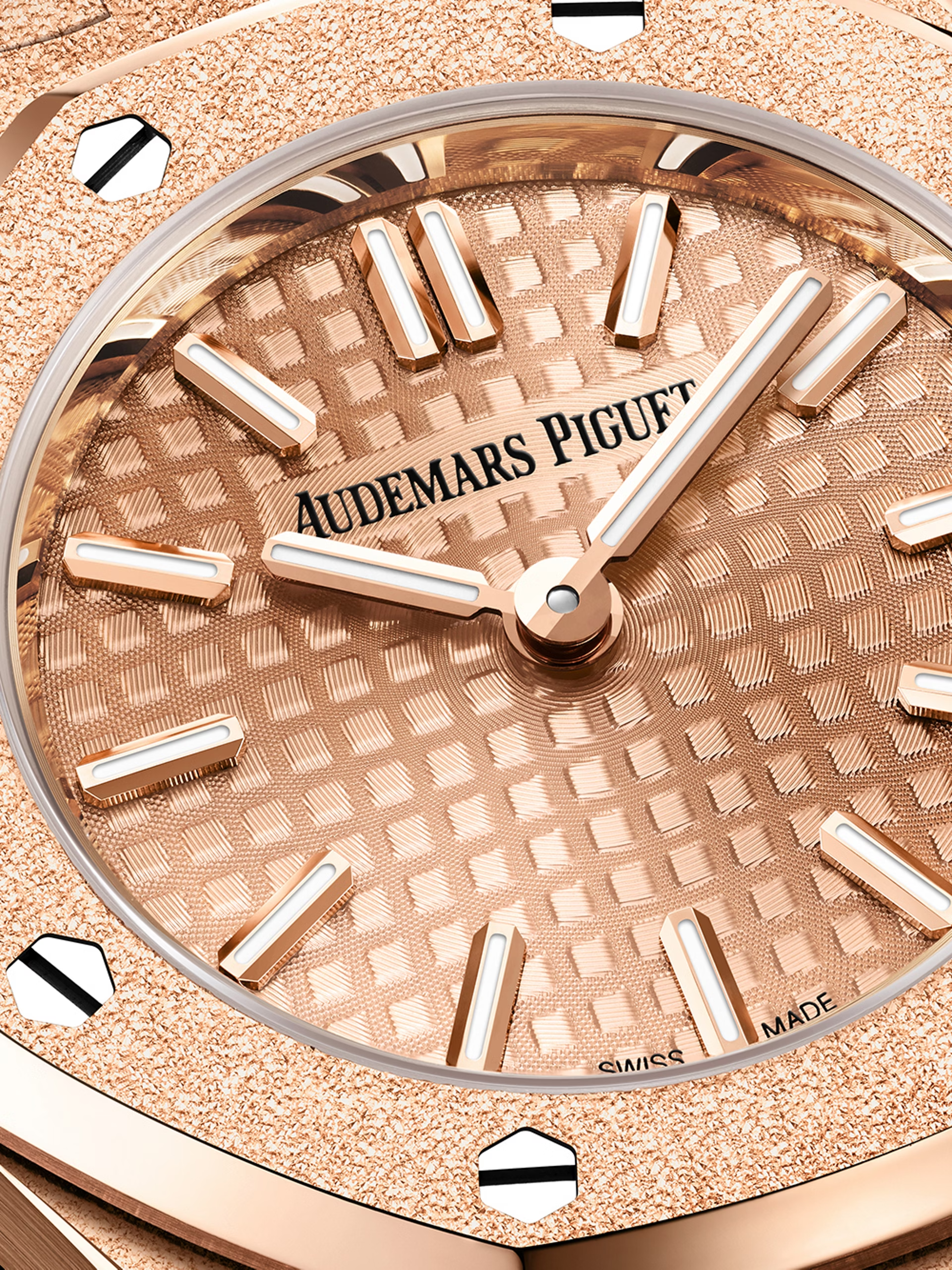Know Your Watches: What Are Baton Hands?
In the world of horology, even the smallest details contribute significantly to the overall design and function of a watch. One such detail, often overlooked yet crucial, is the style of the hands. Among the various designs that have graced watch dials over the years, baton hands stand out for their simplicity, elegance, and versatility. In this article, we will explore what baton hands are, their historical significance, how they are used today, and why they continue to be a popular choice in watch design.
What Are Baton Hands?
Baton hands are characterized by their slender, straight, and rectangular shape, typically with flat sides and no tapering. They are usually minimalistic, lacking decorative elements, and are often uniform in width throughout their length. The design of baton hands is straightforward and functional, making them easy to read while maintaining a sleek and modern appearance.

The term "baton" itself refers to the long, stick-like form that these hands take. Their simplicity makes them highly adaptable, suitable for both dress watches and sportier models. They can be paired with various dial designs, from minimalistic dials to more intricate ones, and they maintain a sense of balance without overpowering the watch face.
History Has It
Baton hands became particularly popular during the mid-20th century, a time when watchmaking was transitioning toward more streamlined and modern aesthetics. As watch designs became less ornate and more focused on functionality, baton hands emerged as an ideal choice. Their clean lines and unfussy design fit perfectly with the rising trend of minimalism in watchmaking.
Several prestigious brands embraced baton hands in their designs, solidifying their place in horological history. The simplicity and elegance of these hands complemented the growing demand for watches that were not only functional timepieces but also fashion accessories.
Materials and Finishes
Baton hands can be made from various materials, with stainless steel, gold, and brass being common choices. The material is often selected to match or complement the case of the watch. In luxury watches, precious metals such as gold or platinum are sometimes used to craft baton hands, elevating the watch's overall appeal.

The finish of baton hands also plays an essential role in their appearance. Polished, brushed, or coated with luminous material for enhanced visibility in low-light conditions, the finish can greatly affect how the hands catch light and stand out against the dial. For example, polished baton hands add a touch of sophistication and shine, while brushed finishes give the hands a more subtle and contemporary look.
Functionality and Design
One of the reasons baton hands have endured in watch design is their clear legibility. Unlike some more ornate hand styles, which may prioritize aesthetics over function, baton hands strike a balance between form and readability. Their linear design makes it easy for wearers to quickly tell the time, which is essential for both casual and professional settings.

In some models, especially sports watches, baton hands are enhanced with luminous coatings. This adds another layer of practicality, as the hands become visible in the dark. This functionality has made them a favorite among those who appreciate a watch that can be worn in various conditions, from boardroom meetings to outdoor adventures.
Notable Watches Featuring Baton Hands
Several iconic watches have made use of baton hands, cementing their place in the horological world. Some of the most prestigious watch brands, such as Rolex, Omega, and Patek Philippe, have incorporated baton hands in their designs, particularly in their dressier models.
Rolex Oyster Perpetual: One of Rolex’s flagship models, the Oyster Perpetual, often features baton hands. Known for its understated elegance and timeless design, this watch is a perfect example of how baton hands can complement a watch meant for everyday wear while still exuding luxury.

Omega Globetrotter: The Omega Globetrotter series is another great example of baton hands being used in a high-end watch. This model's sleek and sophisticated design pairs beautifully with the simplicity of baton hands, making it a favorite among those who appreciate classic design with modern touches
Patek Philippe Cubitus: Patek Philippe’s newly launched Cubitus collection, with its unconventional shape design, incorporates baton hands. The simple, straight hands are in harmony with the overall aesthetic of the watch, creating a timepiece that exudes sporty-chic.
Baton Hands Today
Despite the ever-changing trends in watch design, baton hands have managed to retain their appeal. In an era where bold and avant-garde designs are often at the forefront, the simplicity of baton hands offers a refreshing contrast. They represent a design philosophy that values clarity, balance, and timelessness.
Moreover, baton hands are versatile enough to be featured in both vintage-inspired and modern watches. Watch collectors and enthusiasts often appreciate the nod to history that baton hands represent, especially when they are included in contemporary timepieces that blend traditional and modern elements.

Baton hands may not be the most attention-grabbing feature of a watch, but their impact on the overall design and functionality of a timepiece is undeniable. Their clean lines, legibility, and adaptability make them a staple in the world of horology. From luxury brands to everyday watches, baton hands continue to be a popular choice, proving that sometimes, simplicity is the ultimate form of sophistication.
No articles found





